
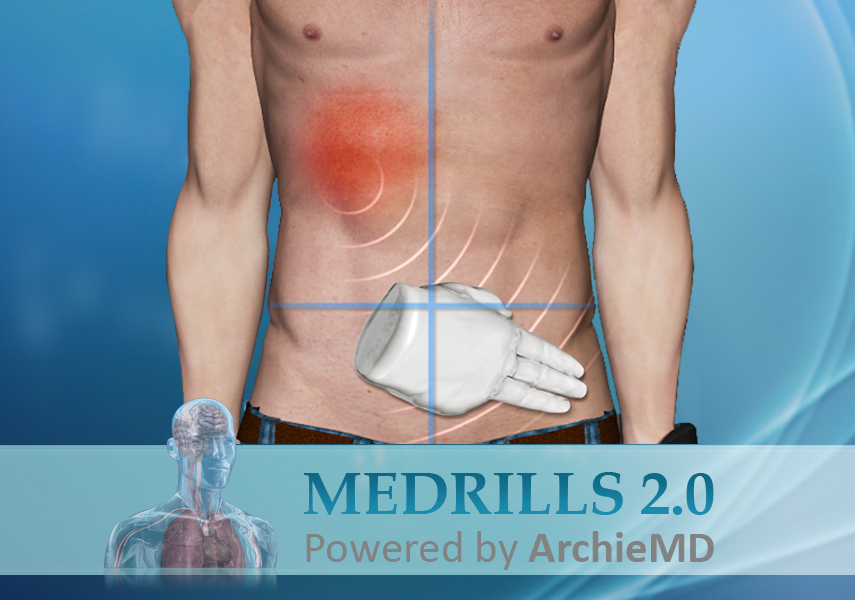
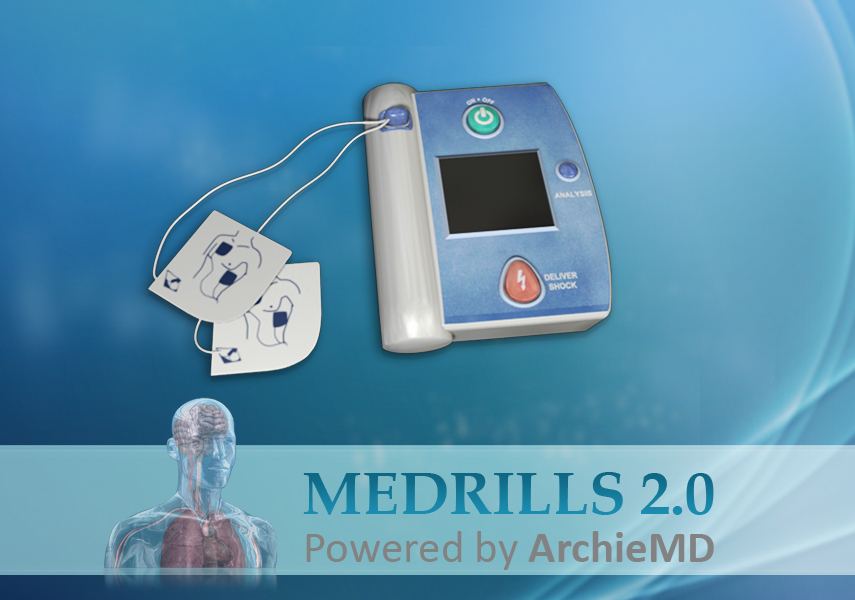

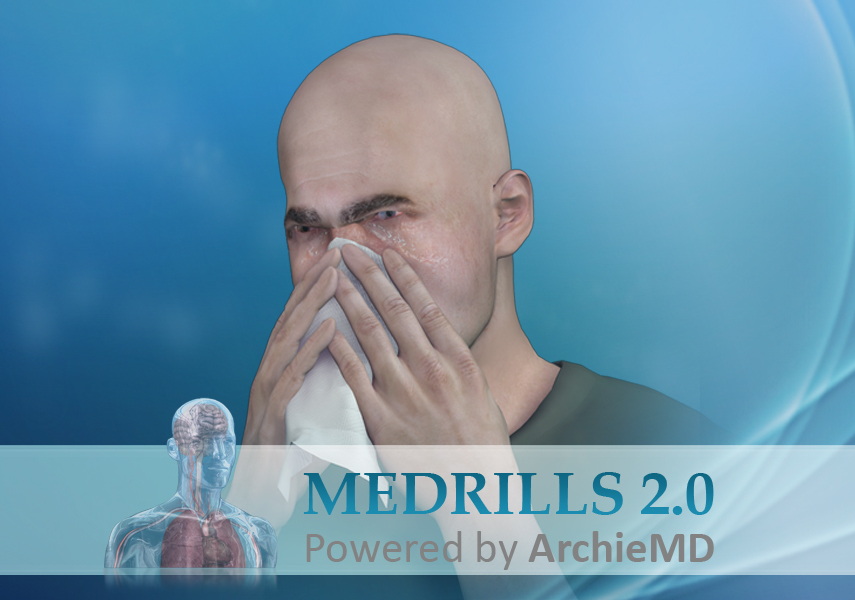
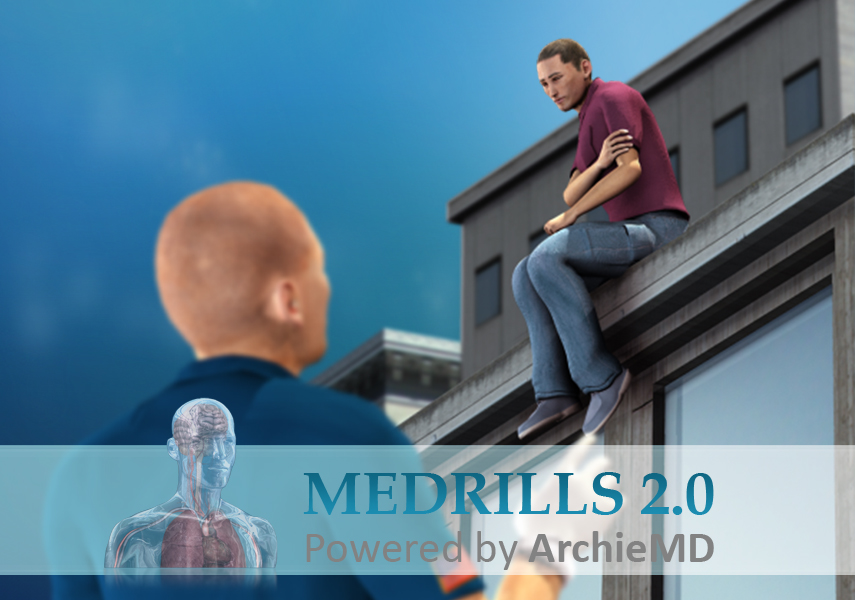

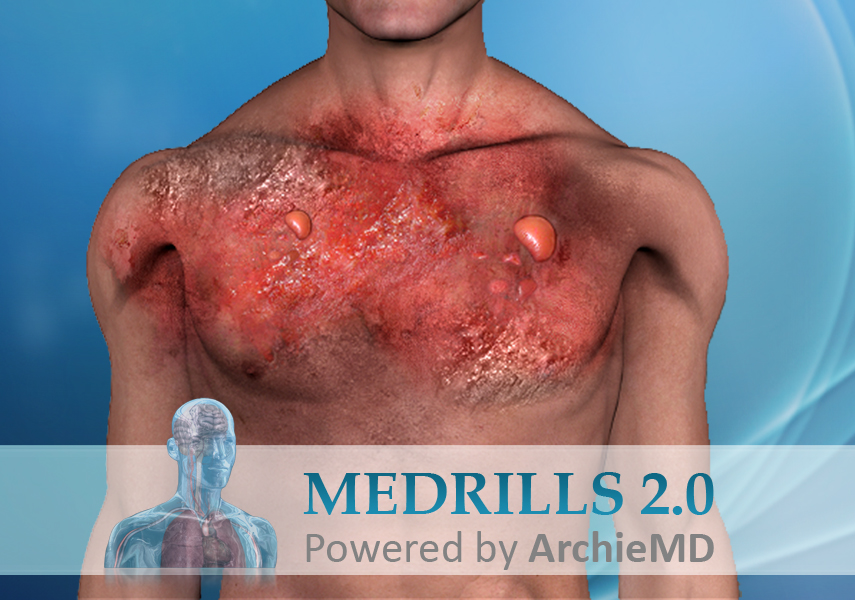
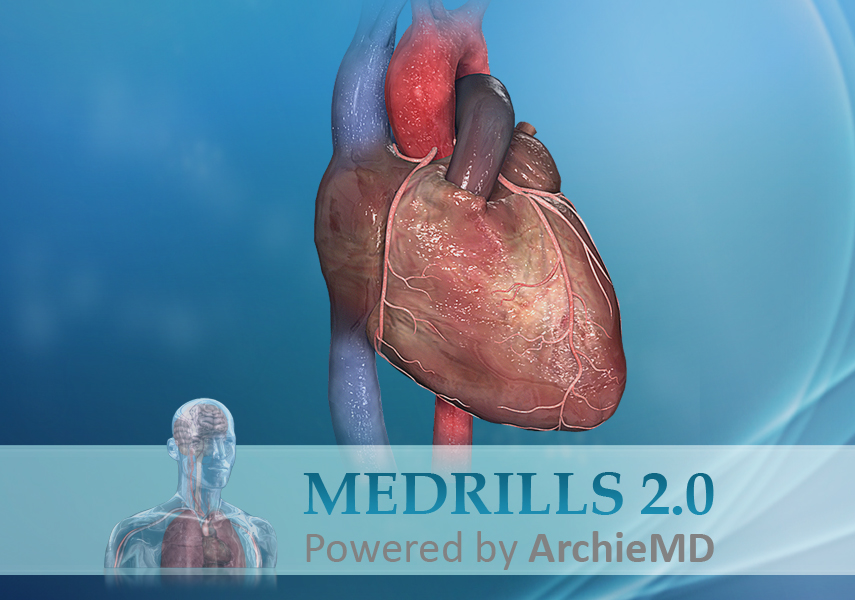
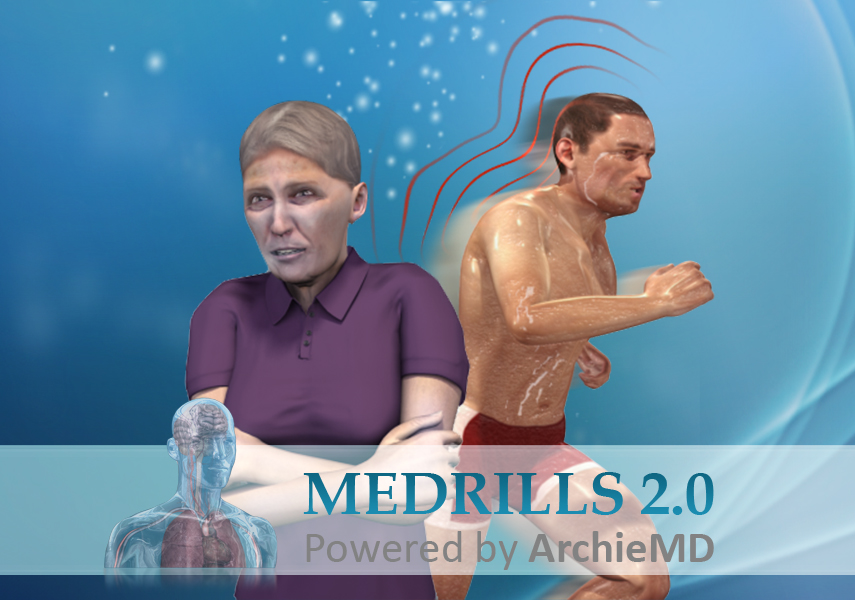
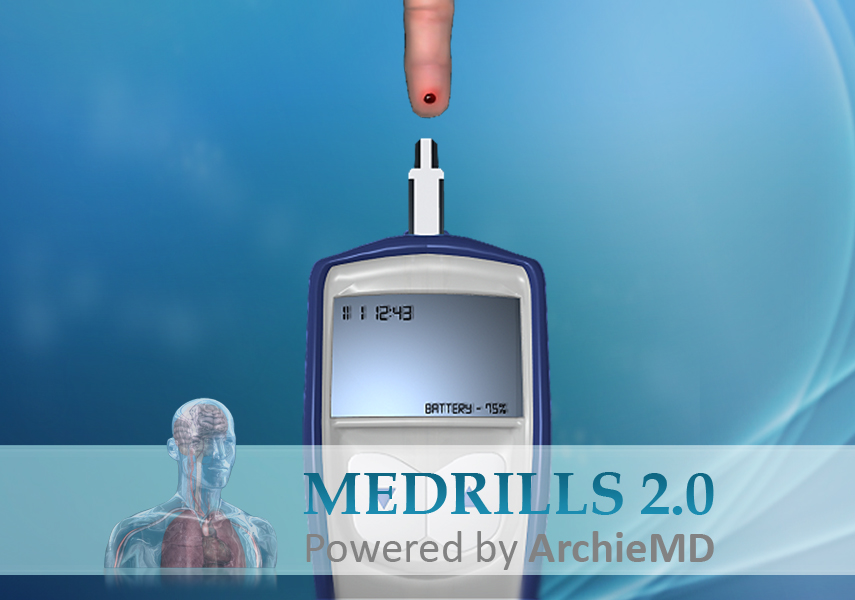
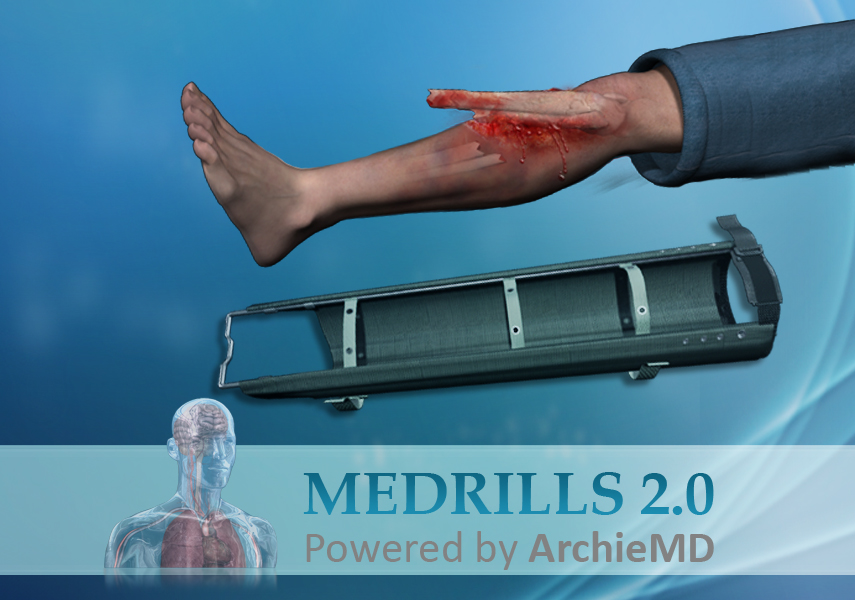
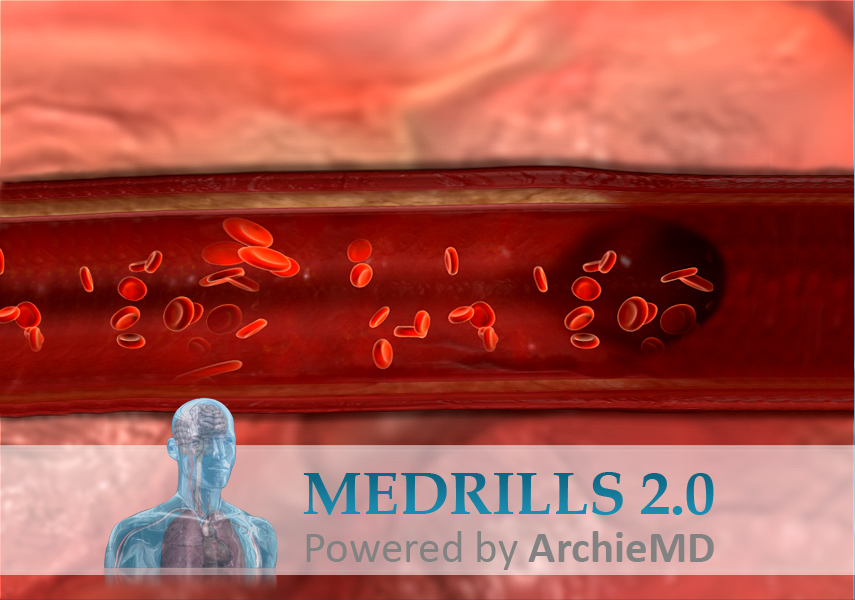

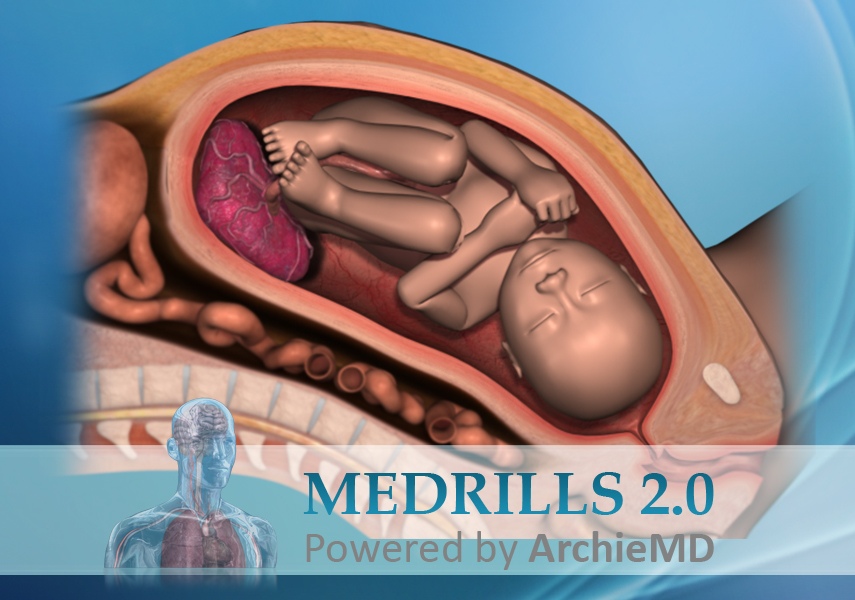
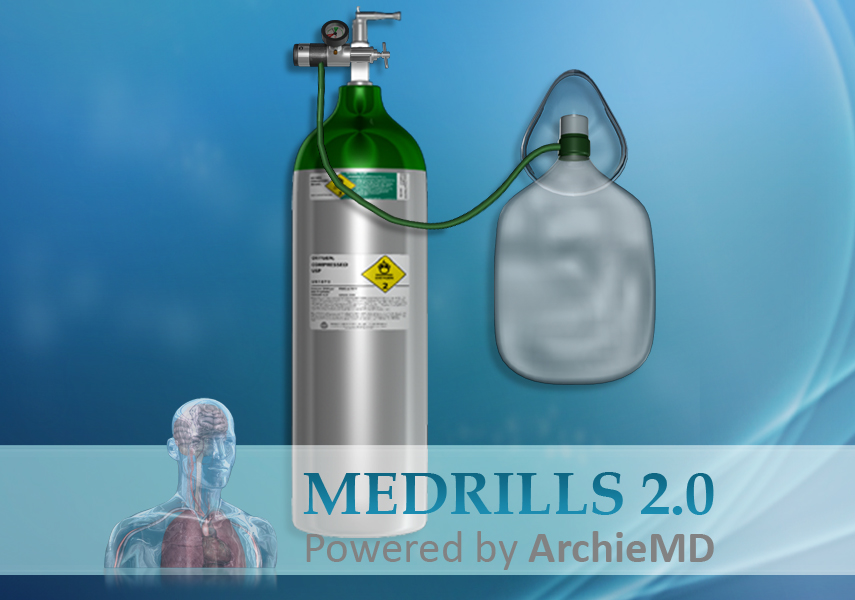
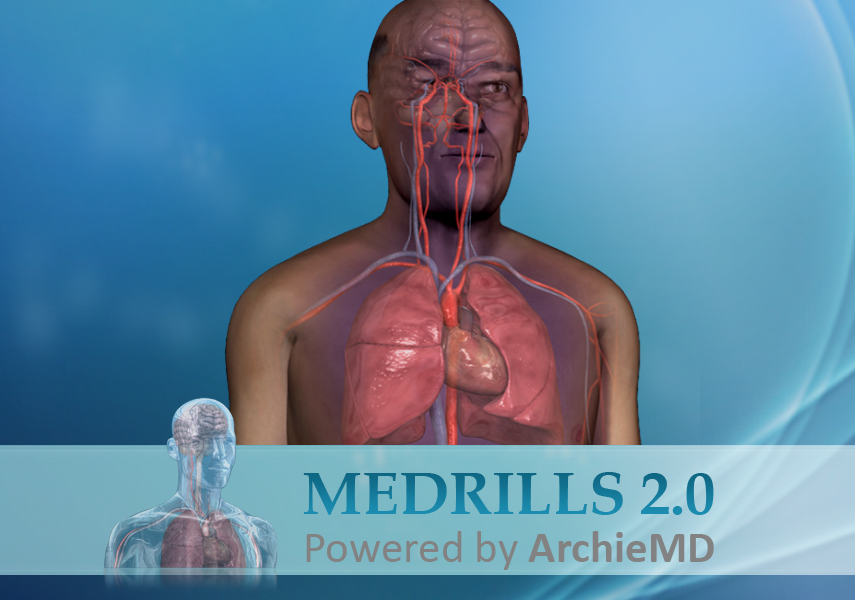

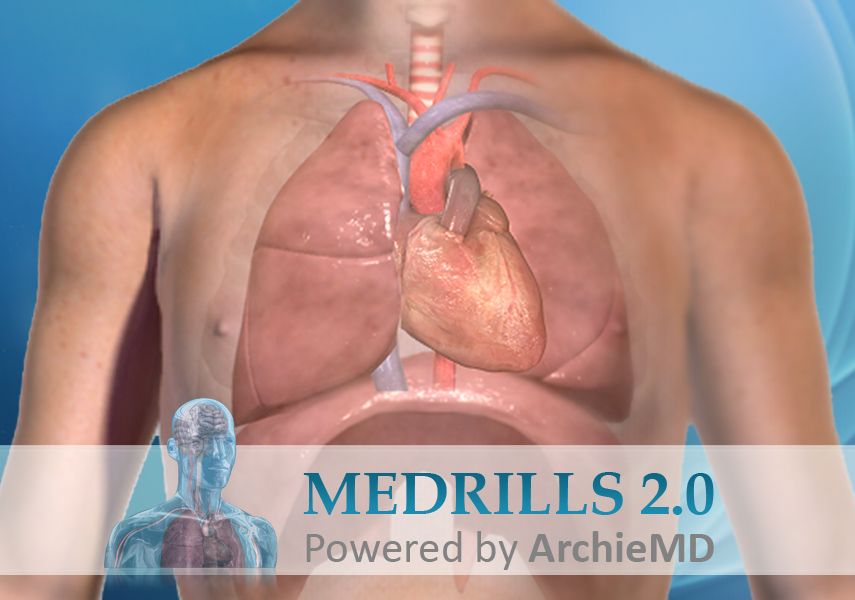
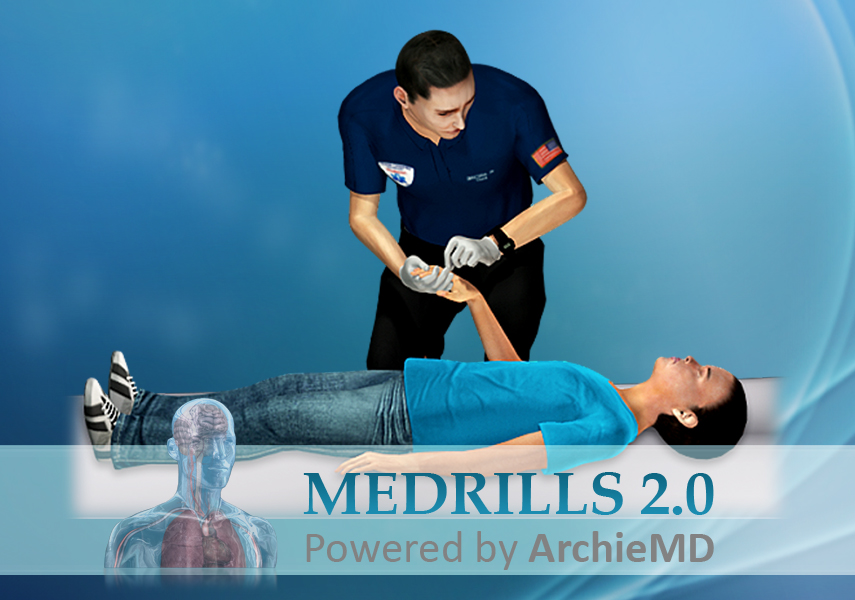
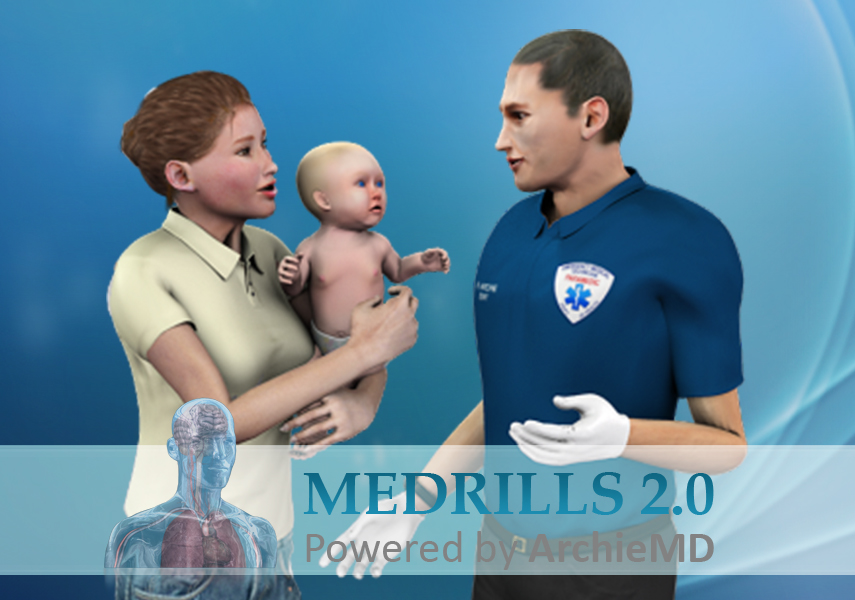

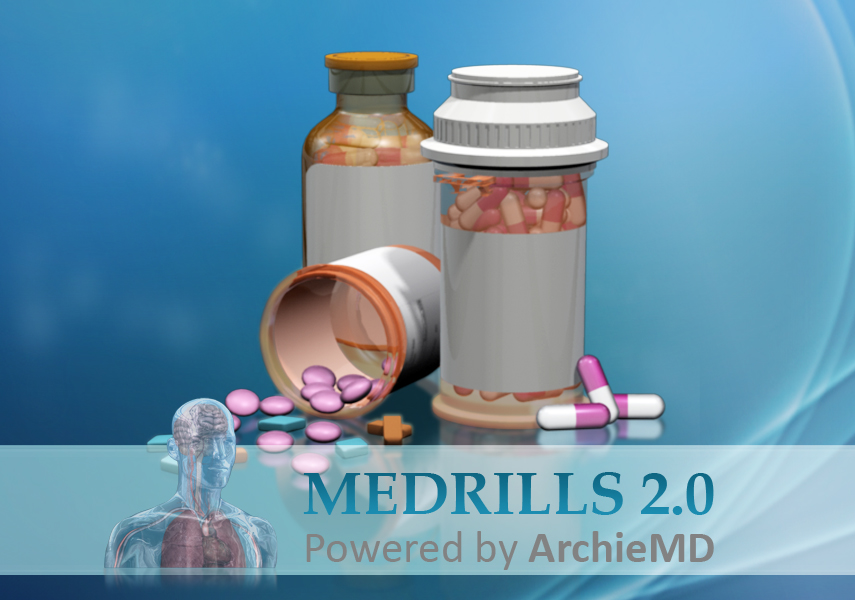
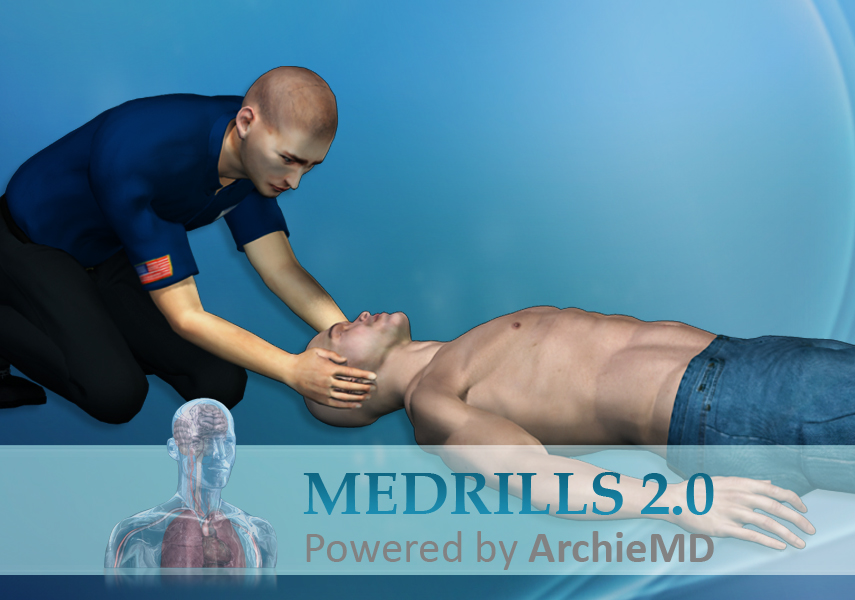
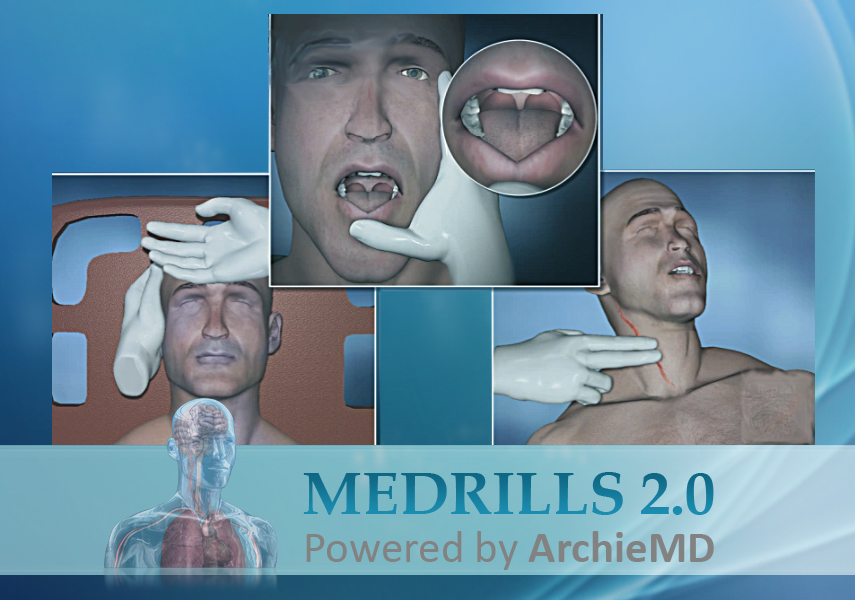
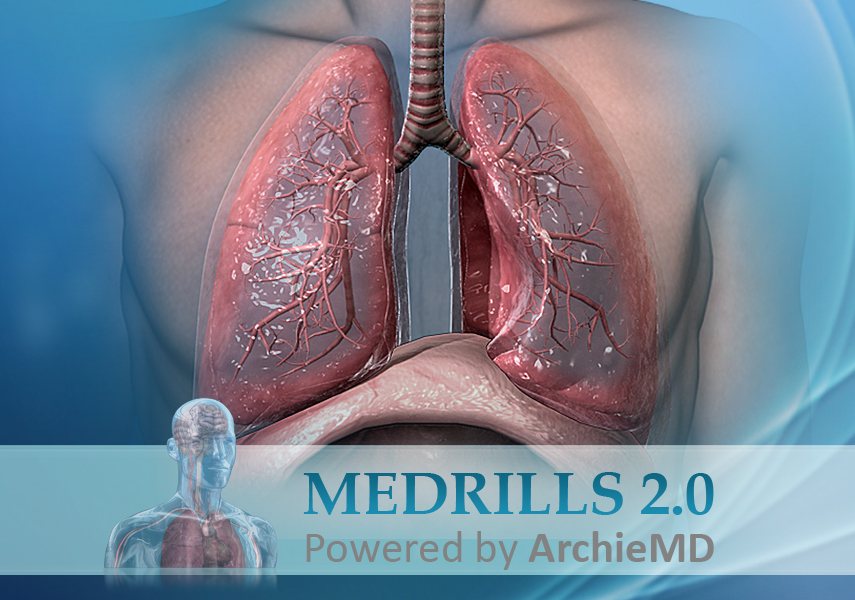
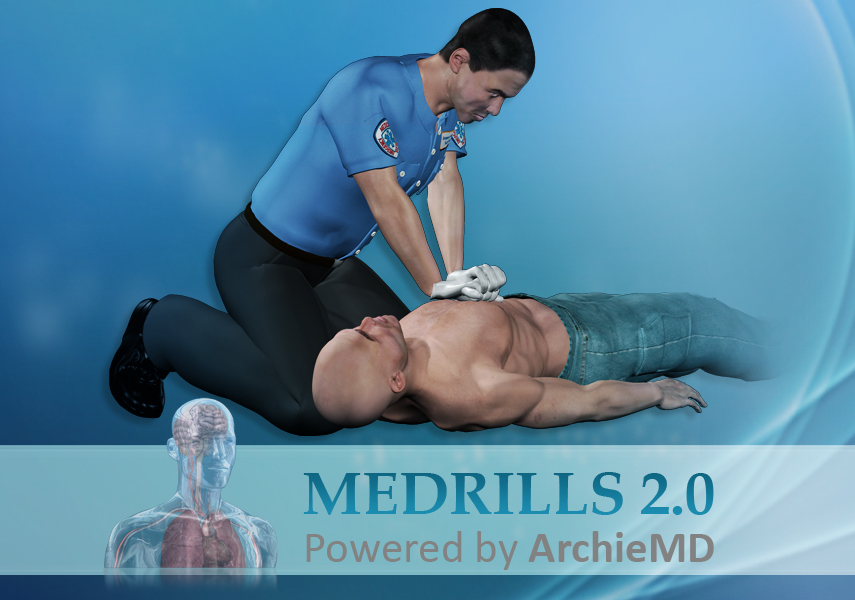
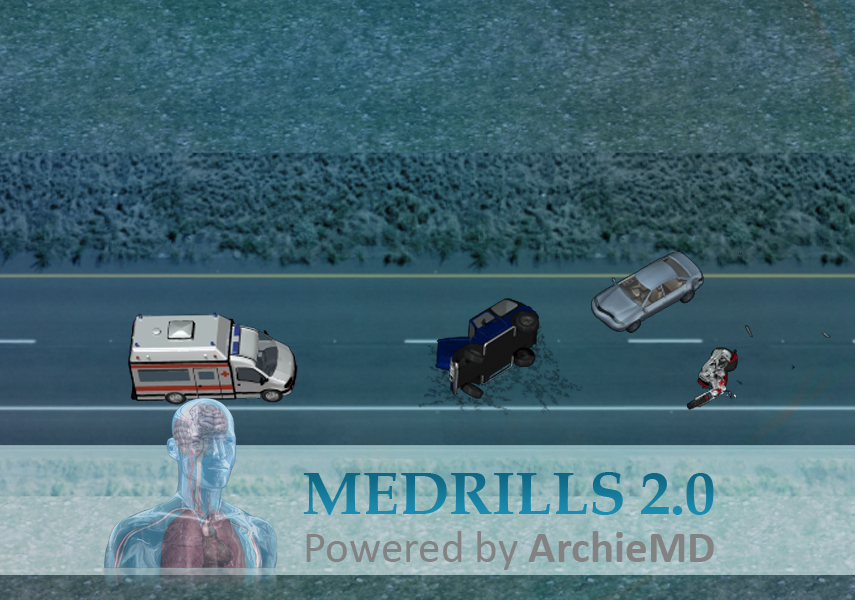
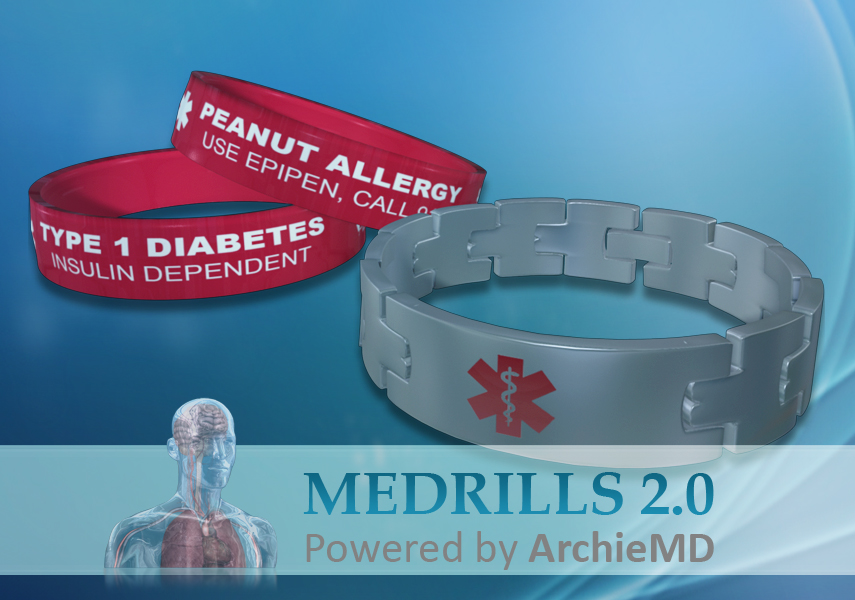

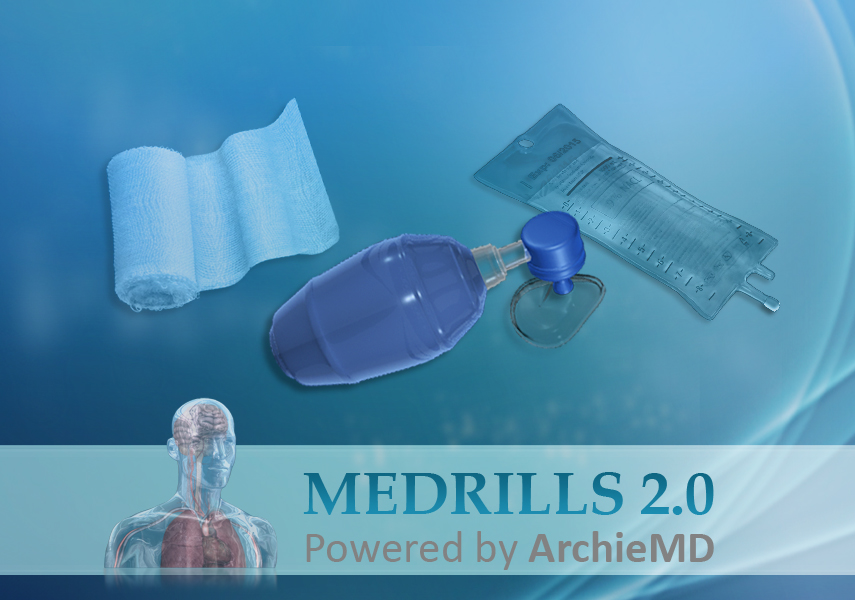
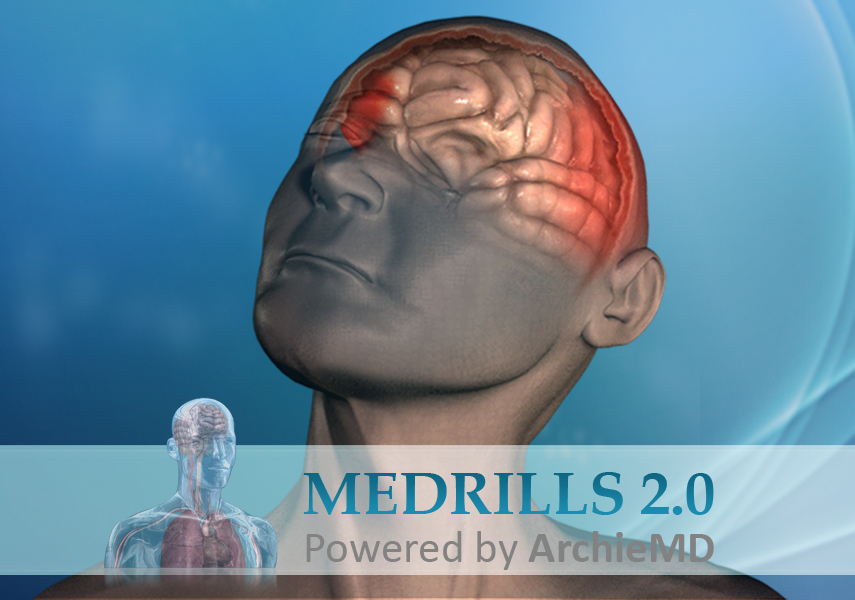
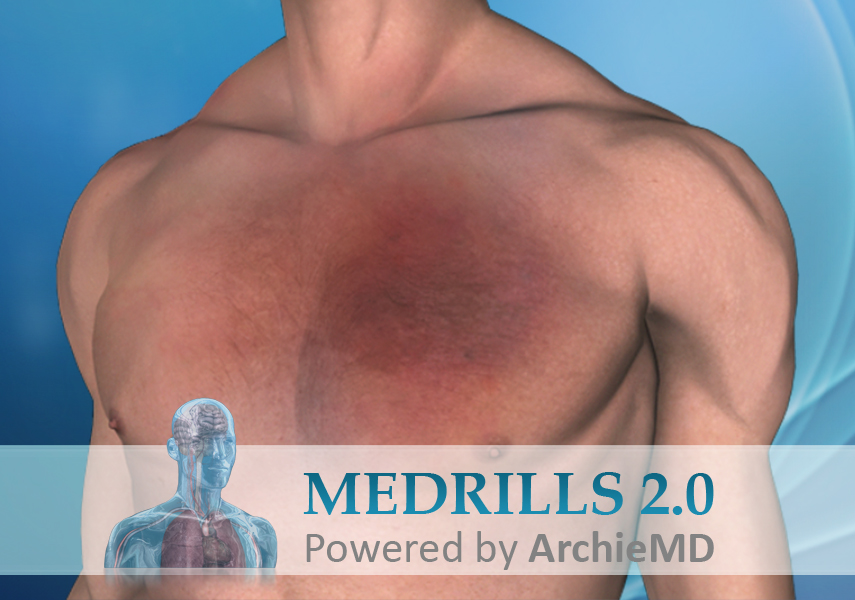

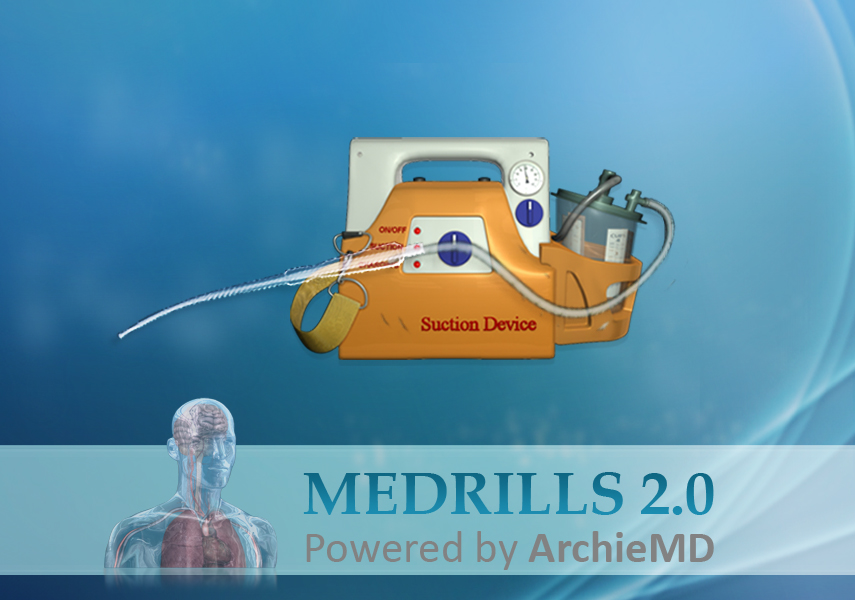
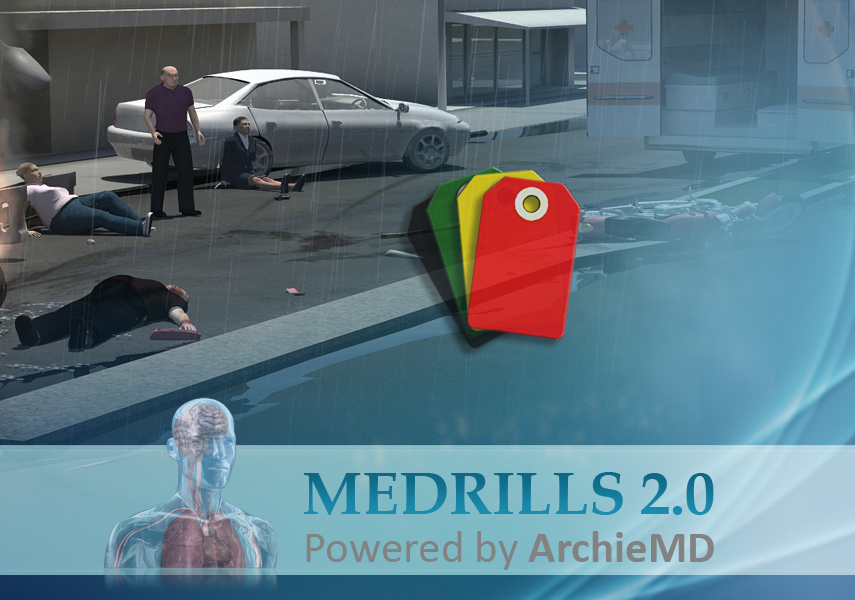
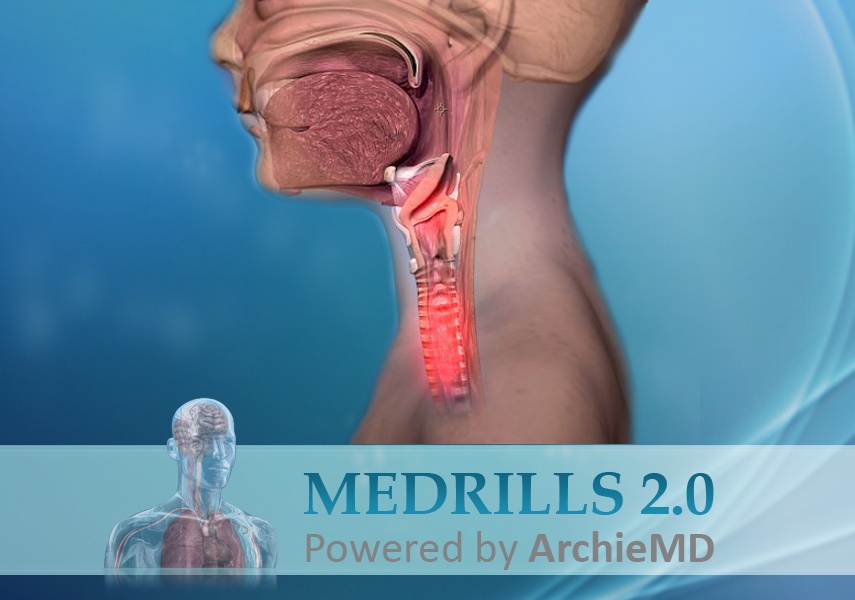

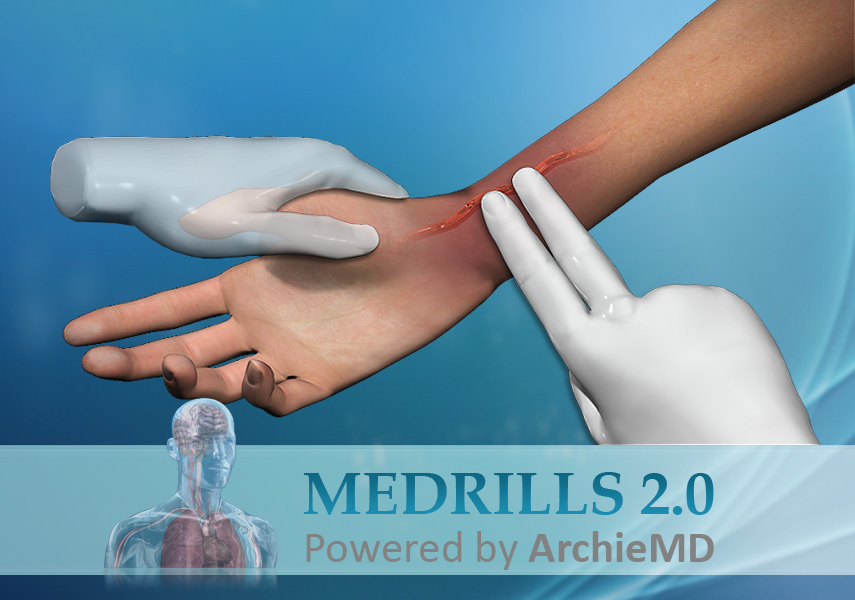
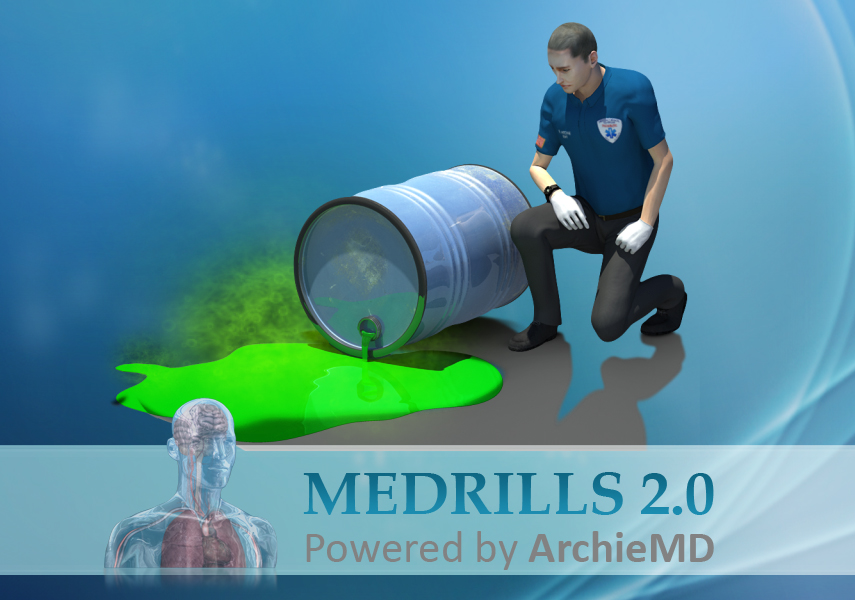
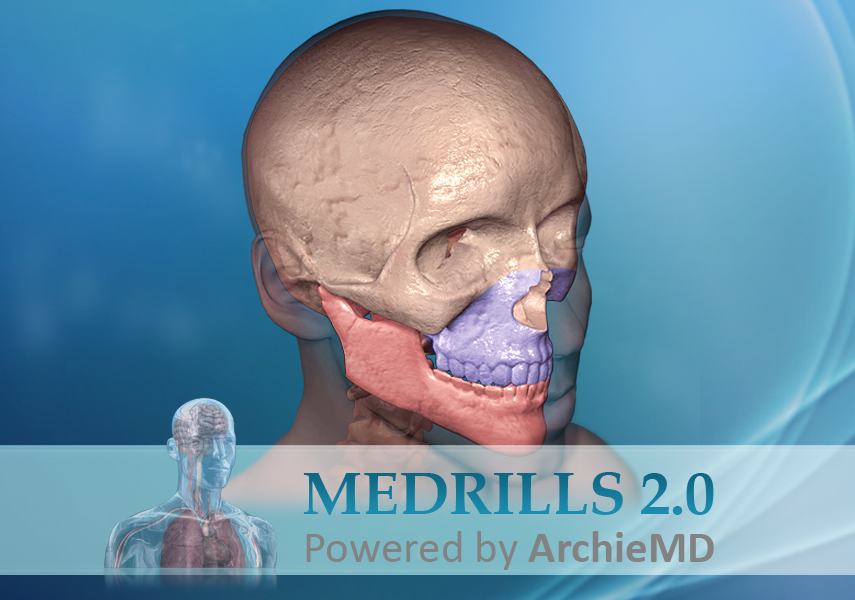


Medrills 2.0 EMT is ideal for initial training for EMT Education.The 42 topics integrate easily into current lesson plans for EMT programs as they follow the national curriculum guidelines. The program features:
- Highly Realistic Virtual Patients
- 3-D Interactive Skills Based Training
- Visual Pathophysiology of Emergency Conditions
- Assessments
- Performance Tracking
- Annual Subscription: Medrills 2.0 EMT ($69.99/per person)


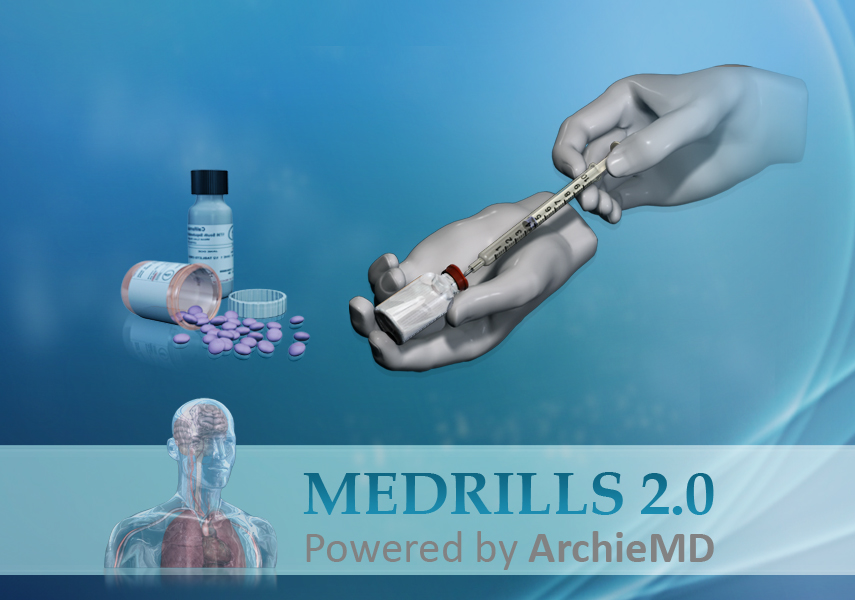








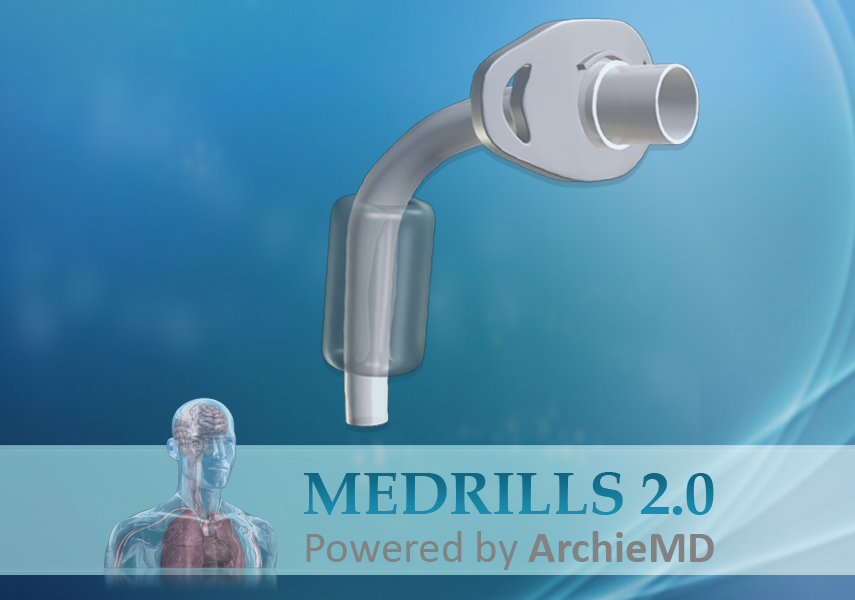




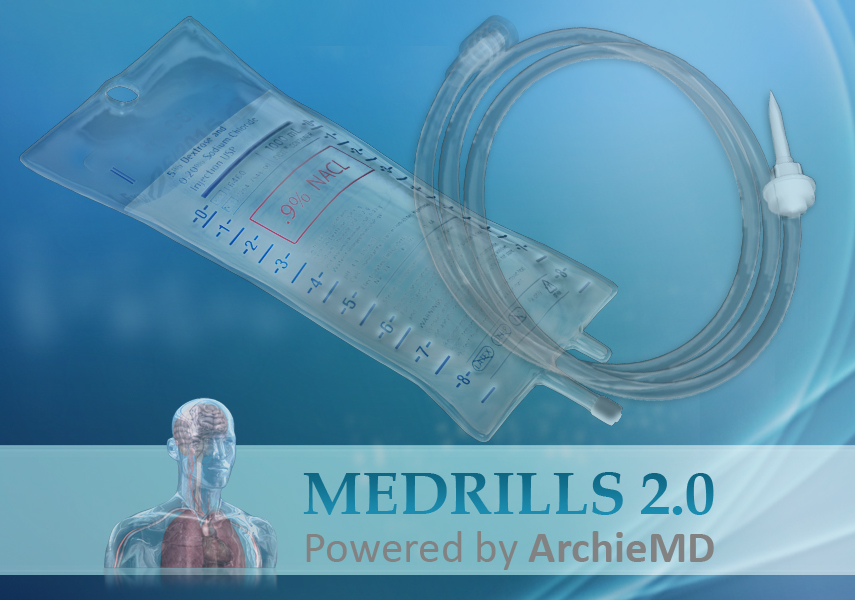





























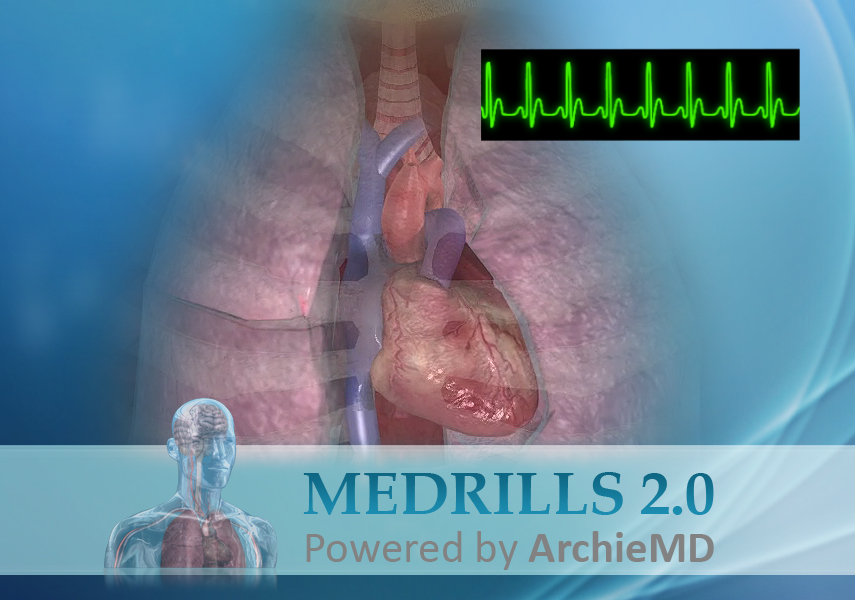




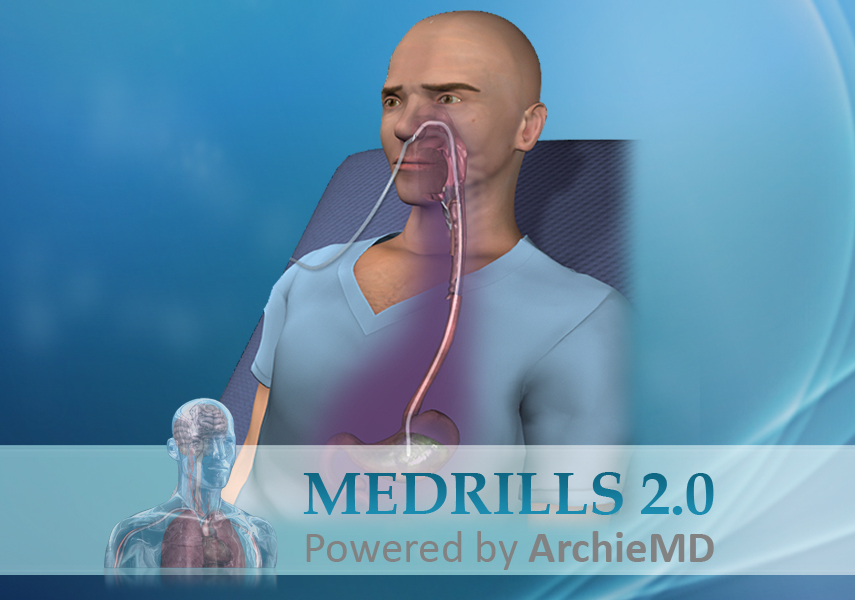
Medrills 2.0 Paramedic is ideal for initial training for Paramedic Education. The 51 topics integrate easily into current lesson plans for Paramedic programs as they follow the national curriculum guidelines. The program features:
- Highly Realistic Virtual Patients
- 3-D Interactive Advanced Skills Based Training
- Visual Pathophysiology of Emergency Conditions
- Assessment
- Performance Tracking
- Annual Subscription: Medrills 2.0 Paramedic ($79.99/per person)




















































We are currently accepting pre-orders for Medrills 2.0 CAPCE. Please contact us to know more about this product.
Medrills 2.0 CAPCE is ideal for CAPCE approved continuing education. The 51 topics integrate easily into current lesson plans for EMT programs as they follow the national curriculum guidelines. The program features:
- Highly Realistic Virtual Patients
- 3-D Interactive Advanced Skills Based Training
- Visual Pathophysiology of Emergency Conditions
- Assessment
- Performance Tracking
- Annual Subscription: Medrills 2.0 CAPCE Credit ($89.99/per person)
